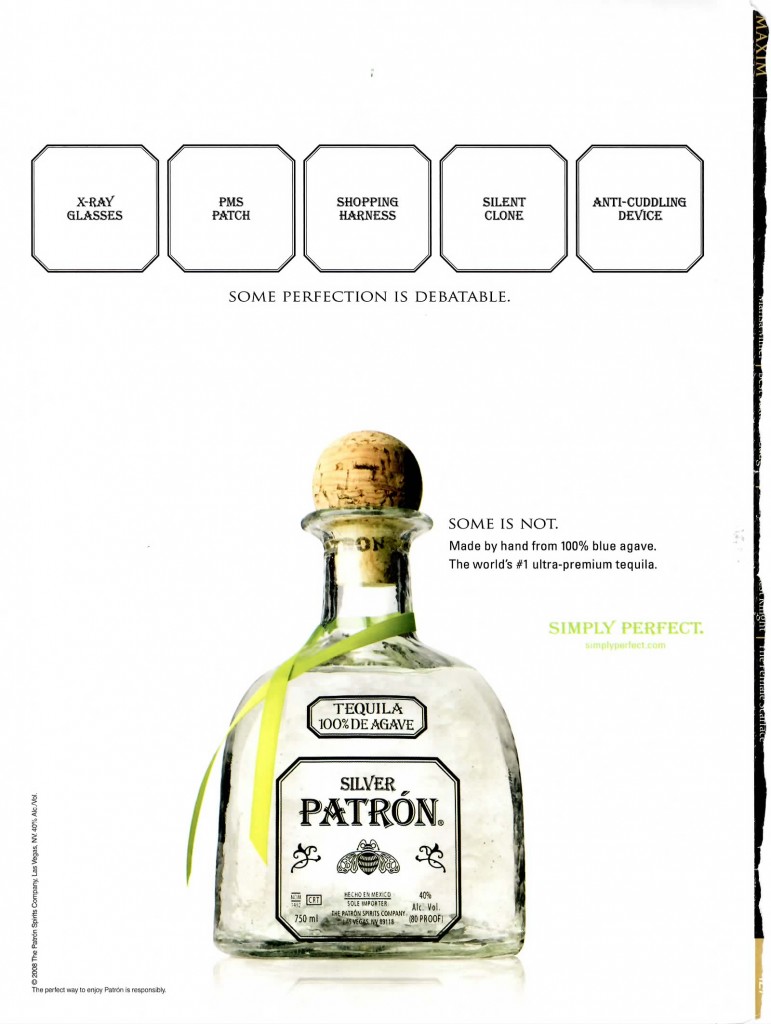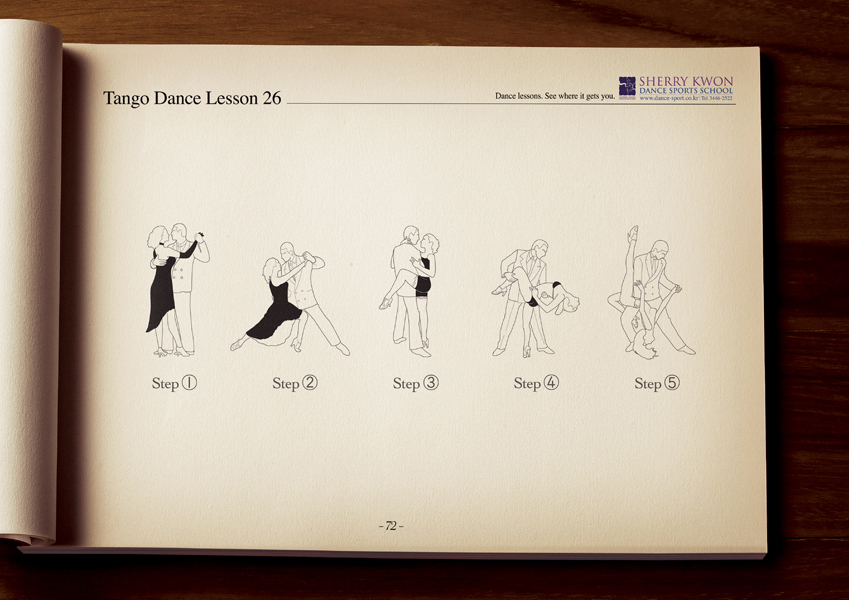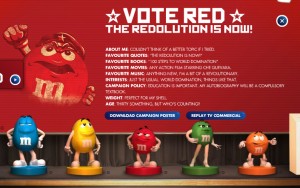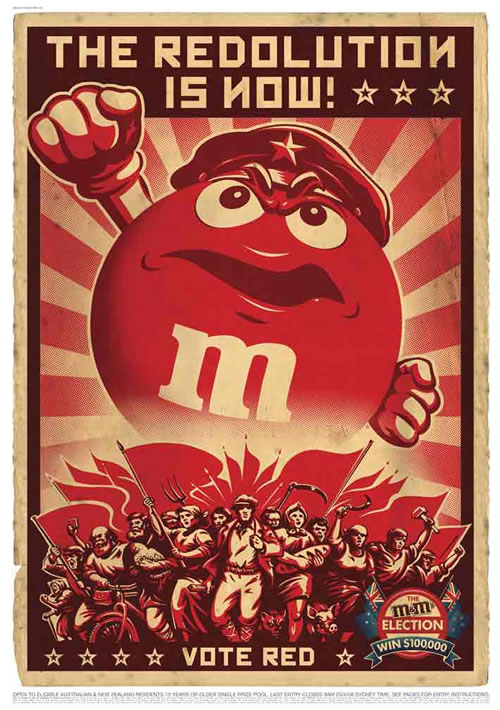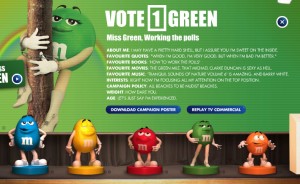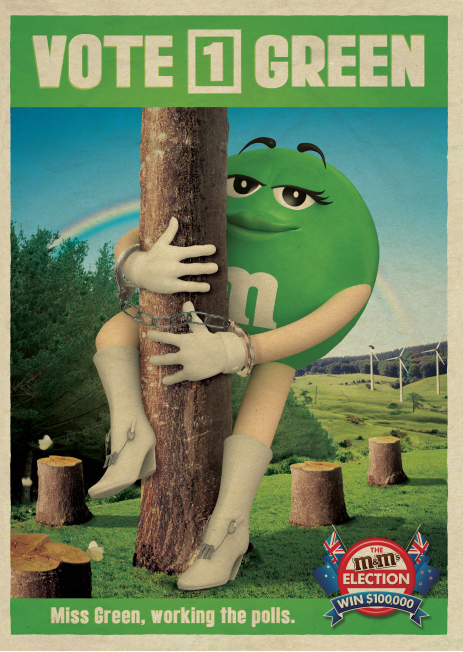Larry H. (of the L.A. Times‘ Daily Mirror blog) sent in a link to an interactive map at the NYT that shows December 2008 unemployment rates by county. Here’s a screenshot:

If you go to the link you can hover over counties and get their individual unemployment rates.You can also filter by manufacturing counties, rural counties, and counties that experienced a housing boom, as well as the 1-year change in unemployment rate.
Of course, you might want to combine this with a discussion of how unemployment is calculated–the 7.6% is most likely what is called the U3 rate, which is always lower than the more comprehensive U6. If we look not just at unemployment but at underemployment–people who can’t get enough hours to support themselves–and people who have given up looking for work, the rate would be higher.

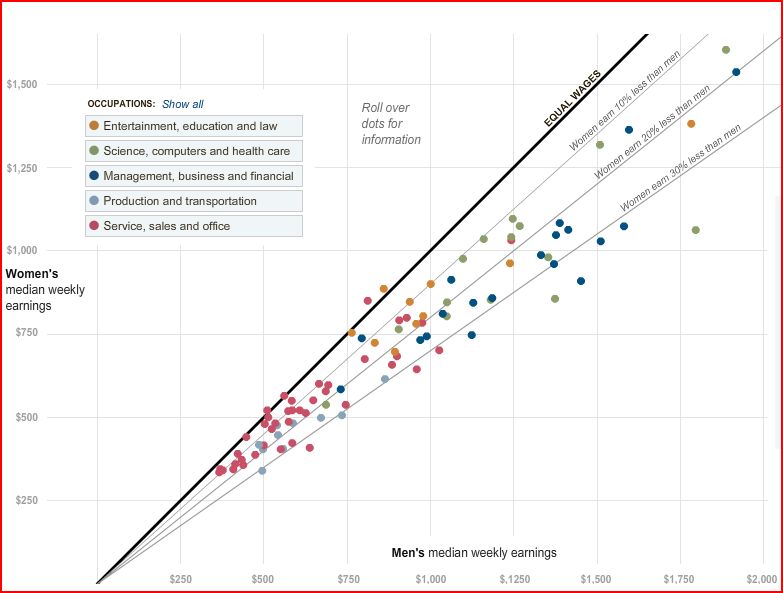


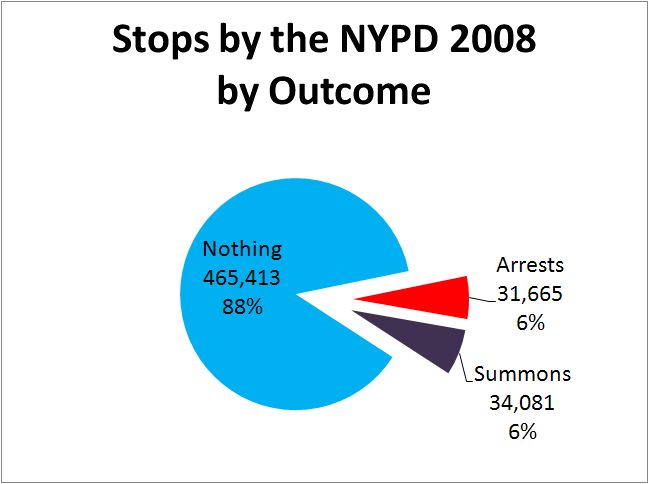
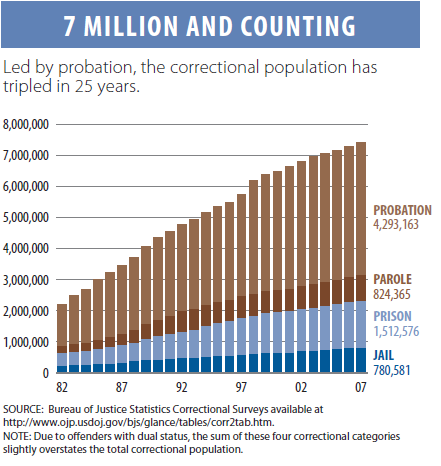
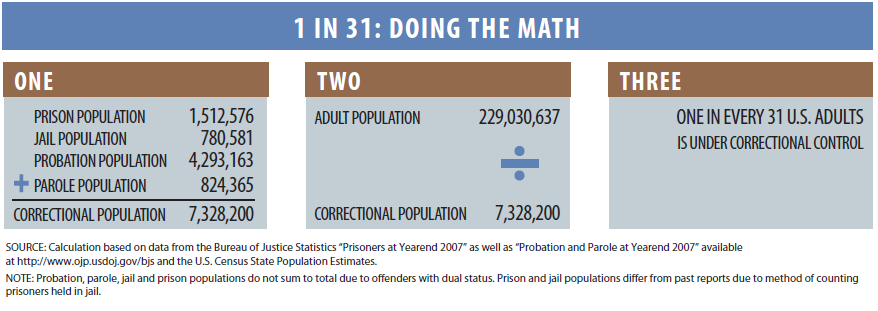
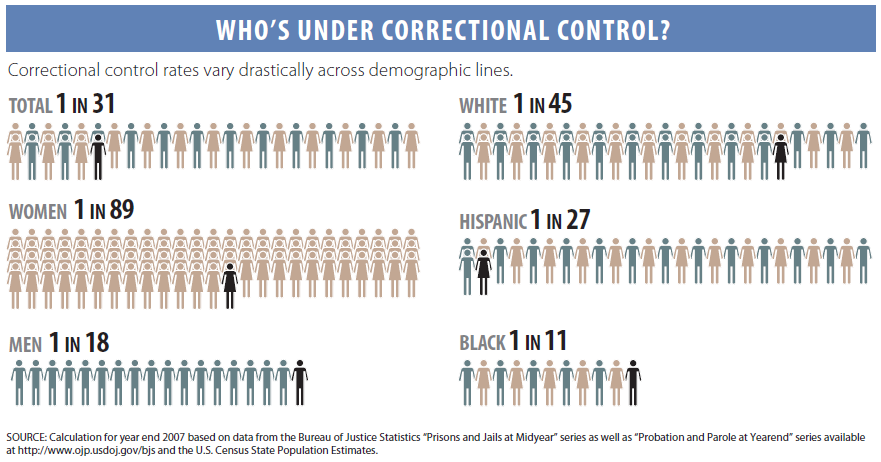 See the
See the 